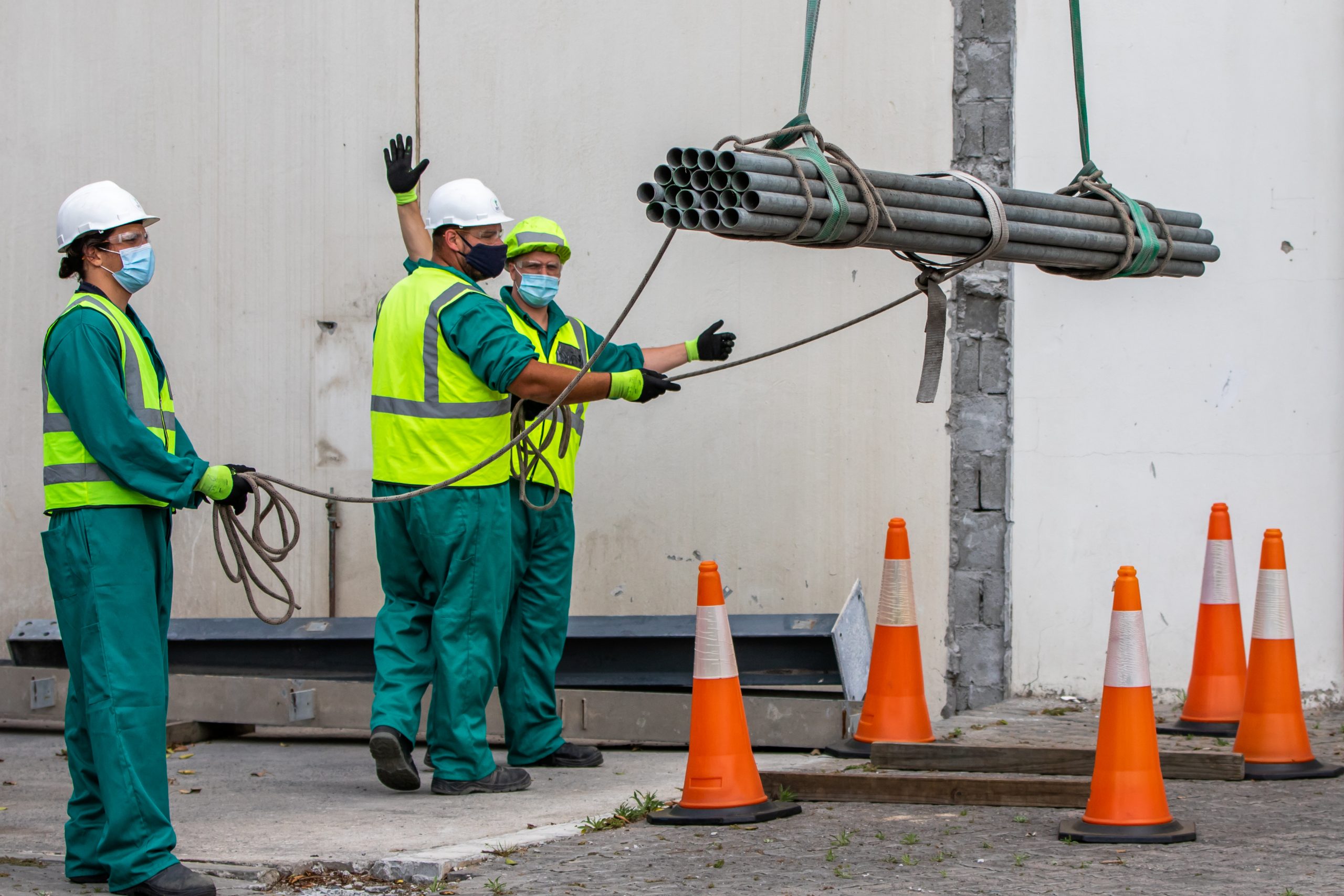LIFTING


Lifting and moving heavy objects can be a risky process if not done correctly. To learn how to handle big items securely and effectively, it is imperative to complete a lifting safety course. Lifting safety training can give you the knowledge and skills needed to prevent injuries and avoid mishaps when lifting.
What is a Lifting Safety Course?
Workers can learn safe lifting and moving techniques from lifting safety training. The training covers the right techniques for lifting, carrying, and lowering big goods, as well as how to utilize equipment such as cranes, hoists, and forklifts. The course also covers how to develop safe lifting procedures and how to identify and evaluate risks.
Why Should I Attend a Lifting Safety Course?
Attending a lifting safety course can benefit both companies and employees. A lifting safety course can help organizations lower the risk of accidents and injuries, which can lead to lost productivity and higher costs. For employees, a lifting safety course can help prevent injuries and promote safe working practices, leading to a safer work environment.
What Does a Lifting Safety Course Cover?
- A lifting safety course typically covers the following topics:
- Manual Lifting Techniques: This includes proper posture, lifting and carrying techniques, and how to handle loads of different sizes and weights.
- Equipment Safety: This includes information on how to use equipment such as cranes, hoists, and forklifts safely and effectively.
- Risk Assessment: This includes identifying potential hazards and assessing the risks associated with lifting heavy loads.
- Safe Lifting Procedures: This includes developing safe lifting procedures, communicating with other workers, and ensuring that safety equipment is used correctly.
- Ergonomics: This includes understanding the physical demands of lifting heavy loads and how to avoid repetitive strain injuries.
- Legal Requirements: This includes understanding the legal requirements for lifting and moving heavy loads, such as the need for permits and licenses.
Conclusion
A lifting safety course is vital for everyone who handles big loads in the workplace. By learning the proper lifting techniques and safety procedures, workers can reduce the risk of injuries and accidents and promote a safer work environment. Employers can also profit from the reduced risk of injuries and accidents, leading to higher production and cost savings

